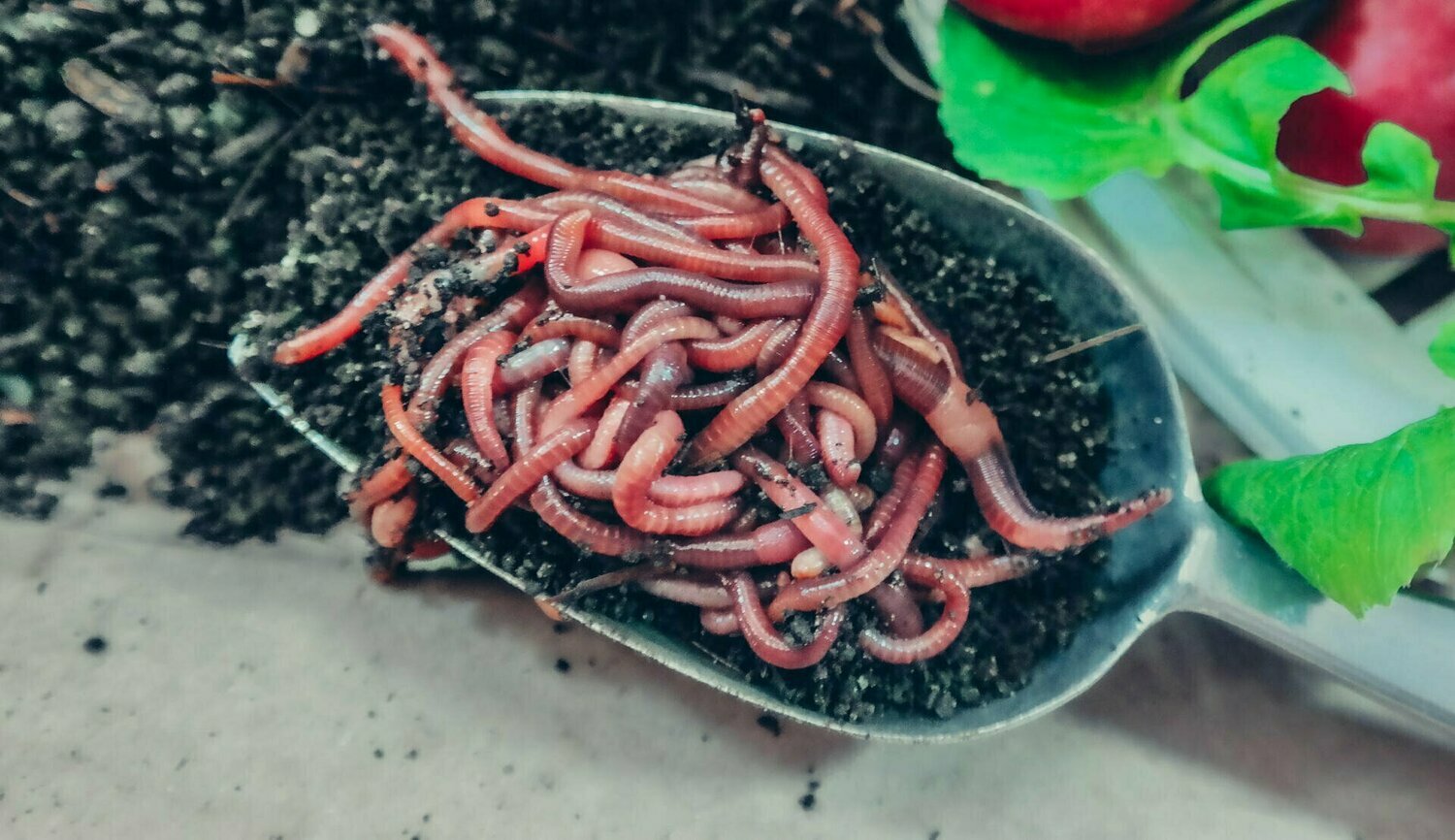Red worms: Improve your garden naturally
Everything You Need to Learn About Red Wigglers for Composting
Red wigglers, or Eisenia fetida, play a crucial role in the realm of composting, changing organic waste into beneficial dirt amendments. The procedure of establishing up a worm bin and keeping it can present challenges.
What Are Red Wigglers?

(red wiggler worms for sale near me)
Native to North America, red wigglers are surface-dwelling organisms that favor moist, warm habitats abundant in decaying raw material. Their diet is composed mainly of decaying plant material, food scraps, and various other natural debris, which they consume and damage down effectively. As they digest this material, they produce nutrient-rich spreadings that boost dirt fertility.
Red wigglers are hermaphroditic, having both male and female reproductive organs, and can reproduce swiftly under optimum conditions. Generally, red wigglers are vital contributors to the process of recycling organic waste into beneficial compost.
Benefits of Utilizing Red Wigglers
Making use of red wigglers in composting systems offers many advantages that improve both the performance of waste monitoring and the quality of the resulting compost. These worms, clinically referred to as Eisenia fetida, are particularly effective at damaging down raw material, transforming kitchen area scraps and lawn waste into nutrient-rich compost at a sped up price.
One of the primary benefits of using red wigglers is their ability to consume big quantities of natural material, typically refining their weight in food waste daily. This high intake price brings about much faster disintegration and decreases the quantity of waste sent out to land fills. In addition, the spreadings generated by red wigglers are abundant in crucial nutrients, valuable bacteria, and enzymes, making them an exceptional fertilizer for gardens and plants.
In addition, red wigglers prosper in a range of atmospheres, making them adaptable for both indoor and outdoor composting systems - red wigglers. Their visibility in a garden compost bin helps to freshen the material, protecting against odors and promoting a healthy and balanced composting procedure. In general, employing red wigglers not just adds to effective waste management but additionally supports sustainable horticulture methods through the manufacturing of top notch garden compost
(red wiggler worms)
Setting Up Your Worm Bin
To effectively establish up a worm container, it is important to pick an appropriate container that satisfies the requirements of red wigglers while supplying a helpful setting for composting. A suitable container can be made from plastic, wood, or metal, with an ability of a minimum of 1 square foot for every single extra pound of worms.
Ensure the container has adequate drainage holes to stop excess dampness, as red wigglers grow in a wet, yet not water logged, setting. red wigglers. The container ought to also be aerated to supply adequate air flow, stopping anaerobic conditions that might damage the worms
An ideal location for the worm container is a cool, dark location, cost-free from straight sunshine and severe temperatures, as red wigglers like a temperature level series of 55 to 77 degrees Fahrenheit.
Before presenting the worms, prepare bed linen materials such as shredded newspaper, cardboard, or coconut coir, which will certainly supply both habitat and food. Moisten the bed linens gently to create a welcoming setting for the worms. Finally, think about putting a lid on the container to keep humidity and reduce parasites, while guaranteeing it can be conveniently eliminated for maintenance.
Feeding and Treatment Guidelines
Feeding red wigglers is a crucial facet of maintaining a healthy and balanced composting system. These worms prosper on a diverse diet plan, mainly made up Lake James Bait of organic products such as fruit and veggie scraps, coffee grounds, and smashed eggshells. It is vital to stay clear of feeding them meat, dairy products, and oily foods, as these can develop unpleasant smells and bring in insects.
When presenting food to your worm bin, cut or shred materials right into smaller sized items to facilitate quicker decay. Start with little quantities to evaluate the worms' intake rate, slowly enhancing the quantity as they adapt. It is a good idea to alternate feeding places within the container to encourage extensive blending and aeration of the garden compost.

Troubleshooting Common Issues
Maintaining a flourishing worm composting system can in some cases present obstacles that call for interest and troubleshooting. Typical issues consist of an unpleasant smell, which usually shows overfeeding or the existence of anaerobic conditions. To remedy this, lower the amount of food included and ensure appropriate aeration by blending the bed linen material.
An additional regular problem is the retreat of worms from the container. This can occur due to excessive dampness or inappropriate environmental problems. Consistently inspect the moisture degrees, intending for a wet yet not soaked consistency, and keep optimal temperature levels between 60-80 ° F(15-27 ° C )to develop a comfortable habitat for your red wigglers.
Bugs, such as fruit flies, can likewise get into worm bins. red wigglers. To battle this, cover food scraps with a layer of bedding or shredded paper to hinder flies from laying eggs. Furthermore, ensure that any type of food added is fresh and free from mold and mildew, which can draw in unwanted pests
Finally, if your worms appear inactive, look for tension variables such as temperature changes or inadequate moisture. Attending to these common problems will certainly help preserve a healthy and balanced and productive worm composting system.
Conclusion
In summary, red wigglers, or Eisenia fetida, play an important function in lasting waste administration through vermicomposting. Proper arrangement and upkeep of a worm container, along with adherence to feeding standards, make certain a growing ecosystem that minimizes landfill contributions.